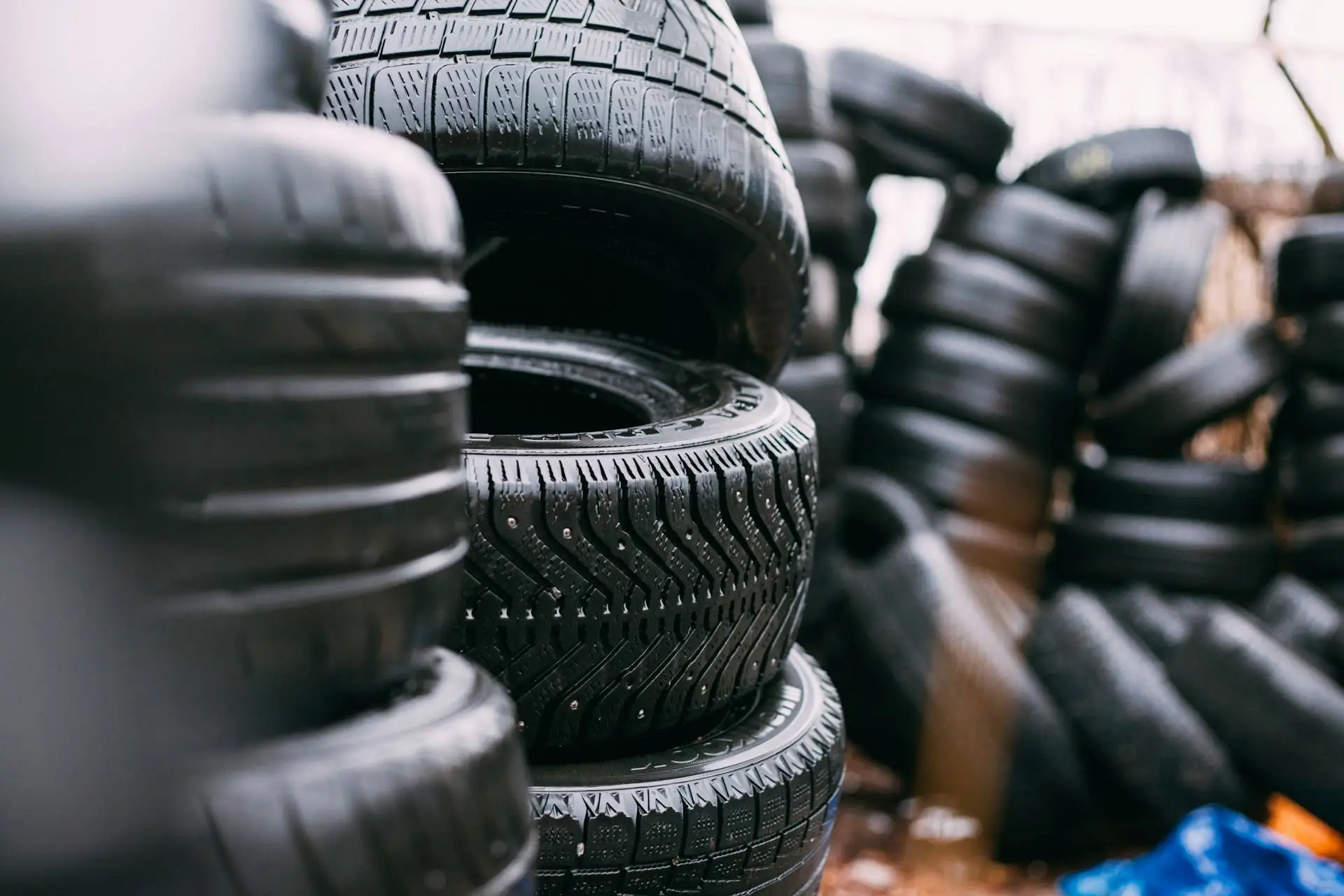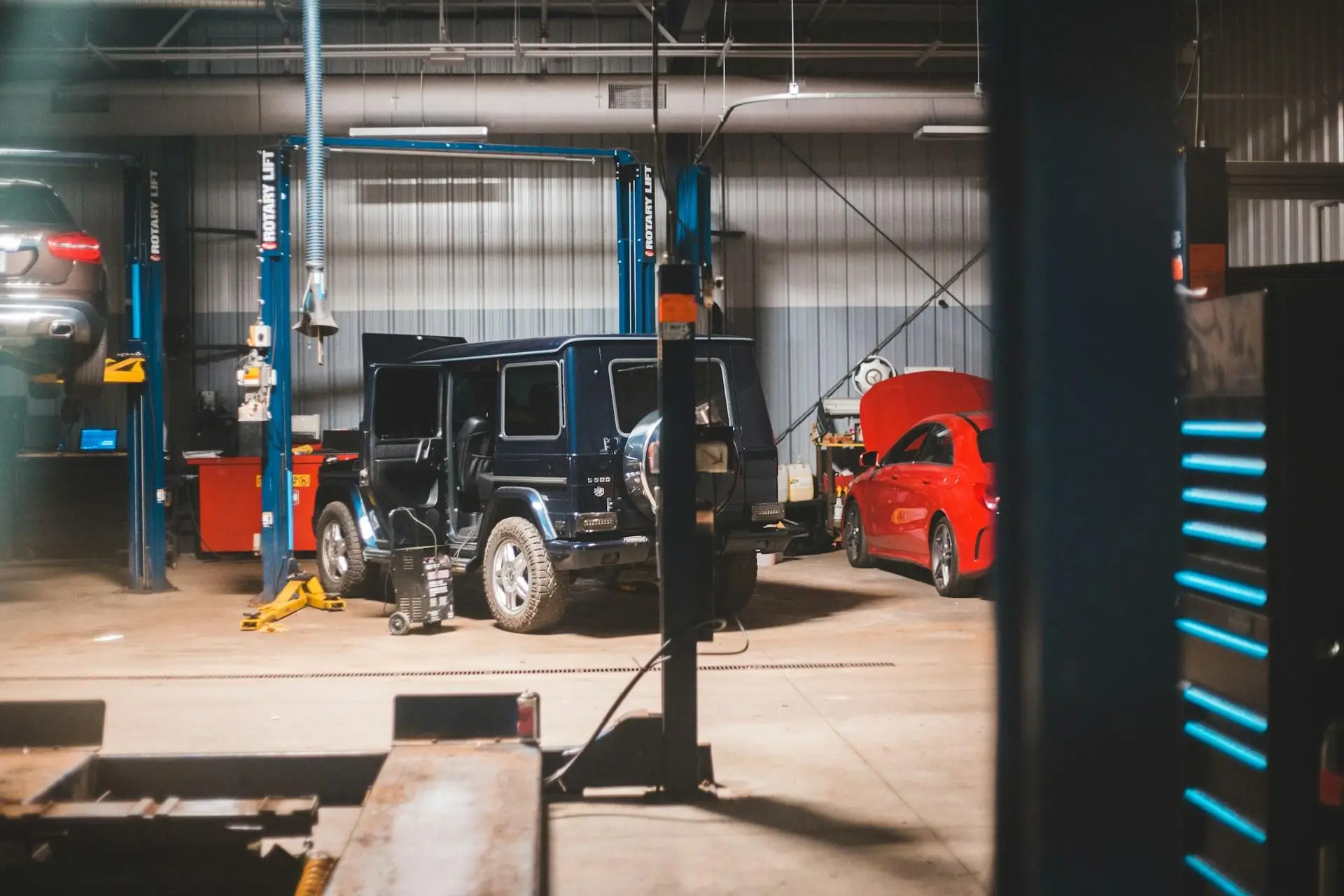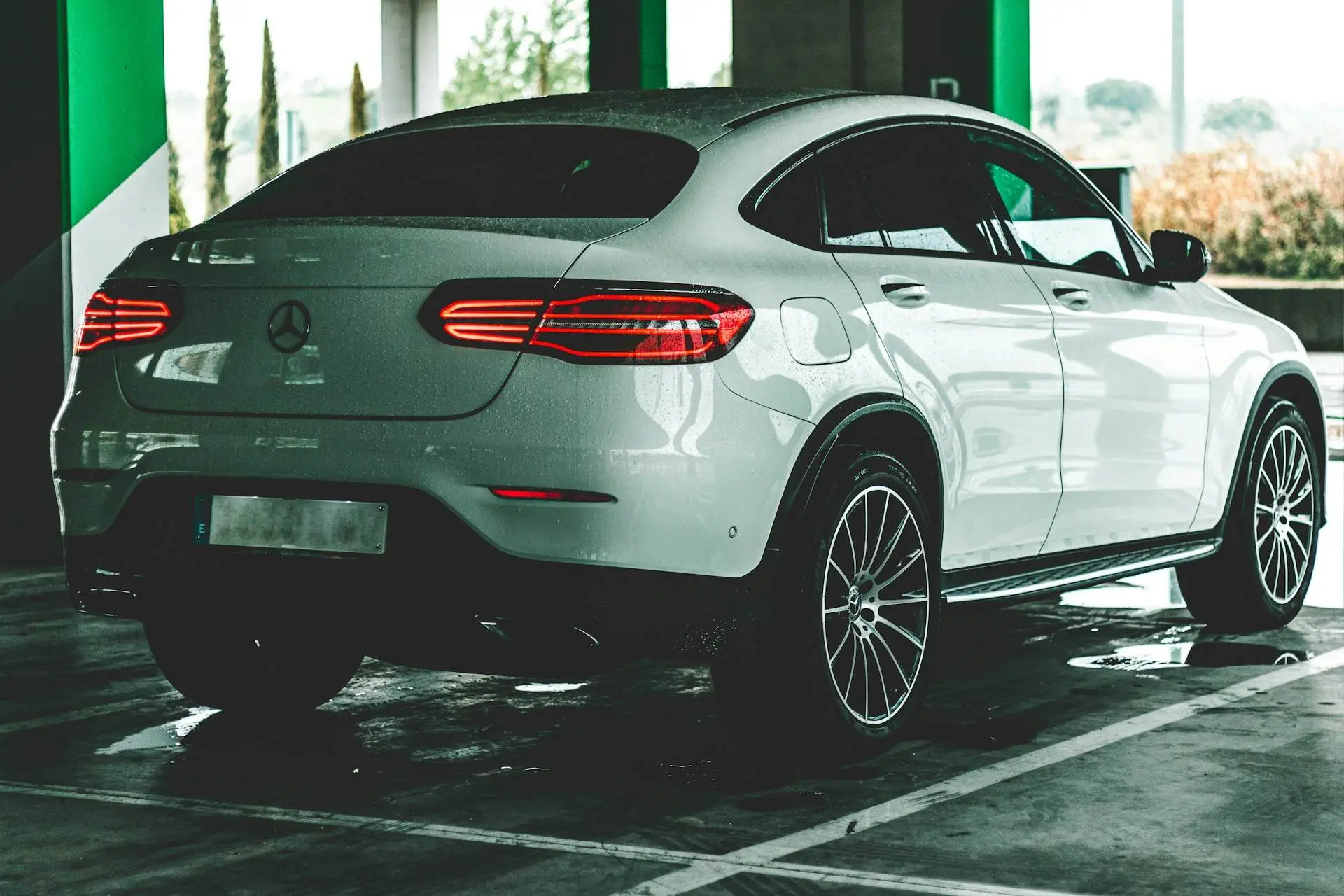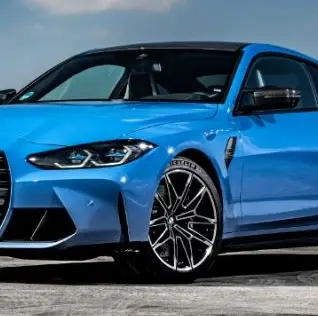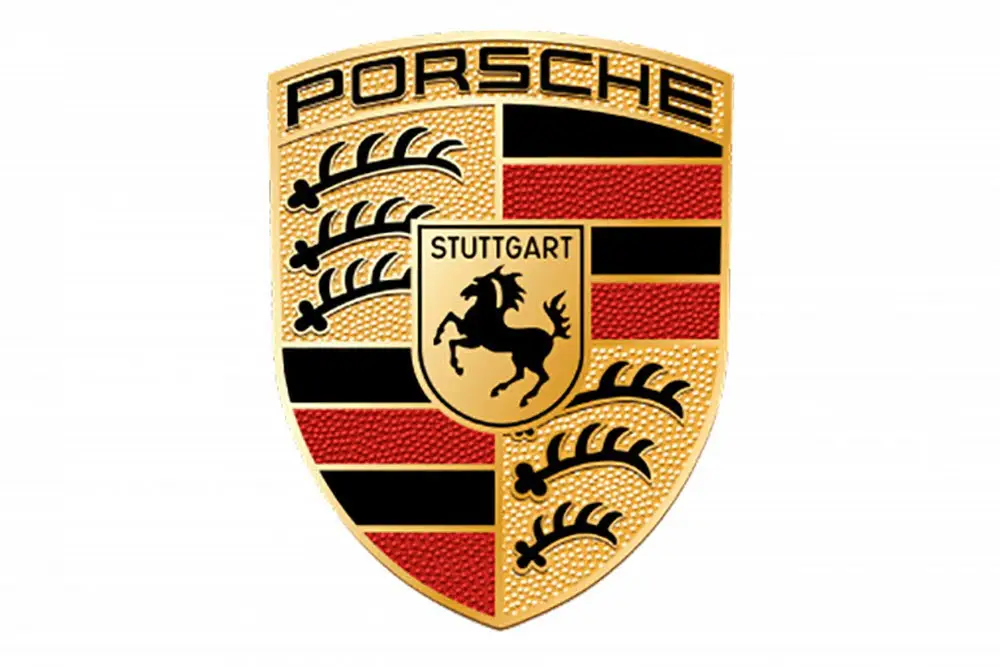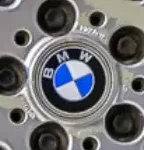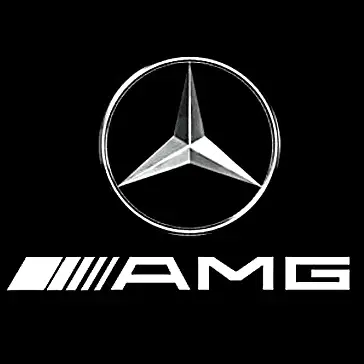The history of the BMW M8: Origins and development
The BMW M8 is a modern icon of the Bavarian brand, but its origins date back to the 1990s.
Back then, BMW developed an M8 prototype based on the original 8 Series (E31).
This prototype, powered by a 6.1-liter V12 engine developing over 550 hp, never saw the light of day in mass production. This secret model remained in the wings until the brand went public years later. The project was abandoned due to the economic recession of the early 1990s, BMW believing that the market was not ready for a supercar of this scale.
It wasn't until 2019 that the BMW M8 finally made its return, this time as a high-performance version of the new 8 Series(G15). Introduced through its Coupé, Cabriolet and Gran Coupé variants, the M8 quickly established itself as a flagship model in the BMW M range.
Developed by BMW M GmbH, the subsidiary specializing in sports cars, the BMW M8 stands out for its advanced technology, sleek design and, above all, its exceptional performance, the legacy of decades of development.
With a twin-turbocharged 4.4-liter V8 engine under the hood and a power output of up to 625 hp in the Competition version, the modern M8 is a perfect blend of luxury and sportiness.
It is a direct rival to the Mercedes-AMG GT and the Porsche 911 Turbo, two benchmarks in the luxury sports coupe segment. Beyond performance, the BMW M8 also symbolizes the fusion of a passion for performance and a quest for premium comfort.
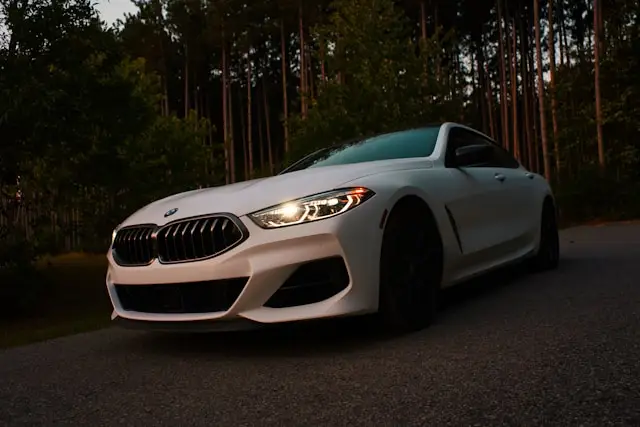
BMW M8 technical specifications: detailed sheet
The BMW M8 impresses with technical specifications that place it among the most accomplished sports cars on the market. Here's a detailed overview of the main features:
- Engine: 4.4-liter twin-turbo V8, delivering 600 hp (or 625 hp for the M8 Competition version).
- Maximum torque: 750 Nm, available from 1,800 rpm.
- Transmission: 8-speed automatic gearbox(M Steptronic) with steering-wheel-mounted paddles .
- Drive system: xDrive all-wheel drive, with variable torque distribution between front and rear axles, optimizing traction. The system also offers a rear-wheel drive mode (pure rear-wheel drive).
- 0 to 100 km/h: The M8 reaches this in just 3.3 seconds, and the M8 Competition in 3.2 seconds.
- Top speed: Electronically limited to 250 km/h, it can reach 305 km/h with the optional M Driver package.
- Weight: Approximately 1,885 kg unladen, thanks to the use of lightweight materials (aluminum and carbon-fiber-reinforced plastic (CFRP)).
- Fuel consumption: 10.5 to 11.0 liters/100 km in the combined cycle.
- Chassis and suspension: The chassis has been tuned by BMW M engineers with M adaptive suspension, optional M carbon-ceramic brakes, and an M active differential.
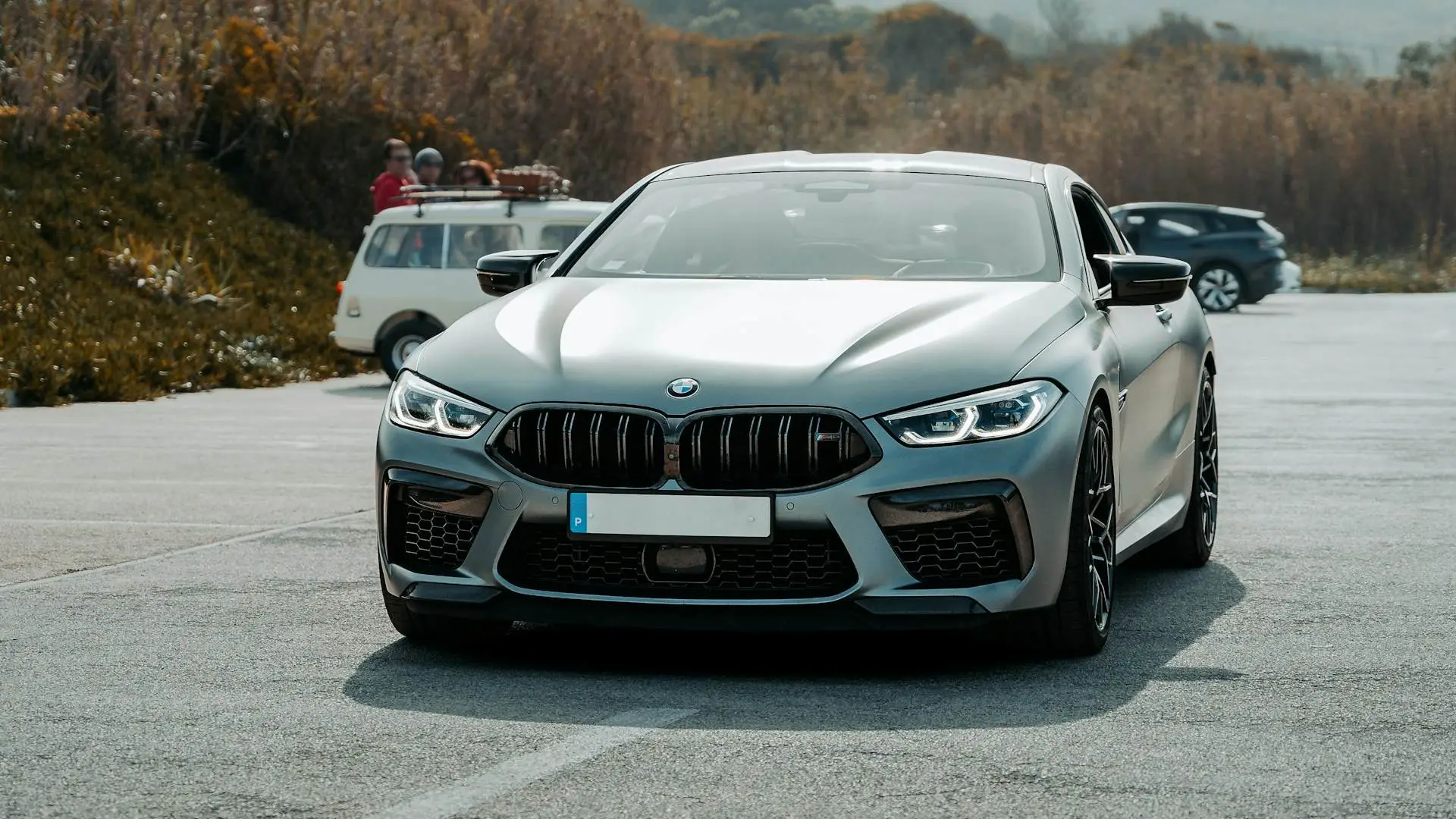
Different versions of the BMW M8: Coupé, Cabriolet and Gran Coupé
BMW has created three distinct versions of the M8, allowing each driver to choose the configuration that best suits his or her lifestyle and needs:
BMW M8 Coupé
The coupé is the purest, sportiest version. With its two-door design, it embodies the essence of performance. Its carbon fiber roof lightens the overall appearance and lowers the center of gravity, improving handling. The coupe stands out for its sleek lines and aggressive stance, reminiscent of the M8's sporting roots.
BMW M8 Cabriolet
The Cabriolet version adds an extra dimension of driving pleasure, allowing wind-in-your-hair driving without compromising on performance. With its fabric soft top that opens in just 15 seconds(up to 50 km/h), this version provides an open-air driving experience, while retaining the same V8 engine and coupe performance. The Cabriolet weighs slightly more, but remains incredibly fast, with a 0 to 100 km/h time of 3.4 seconds.
BMW M8 Gran Coupé
For those looking to combine performance and space, the Gran Coupé is an ideal option. With its four doors and extendedwheelbase, it offers more space for rear passengers, as well as a larger trunk. This version is perfect for those who want a sporty car while retaining a degree of everyday versatility. The Gran Coupé also offers extra comfort without sacrificing performance, reaching 0 to 100 km/h in 3.3 seconds.
Each of these variants meets specific needs, whether for maximum driving pleasure, day-to-day flexibility or uncompromising performance, while offering the same quality of luxury and technology typical of the BMW M range.
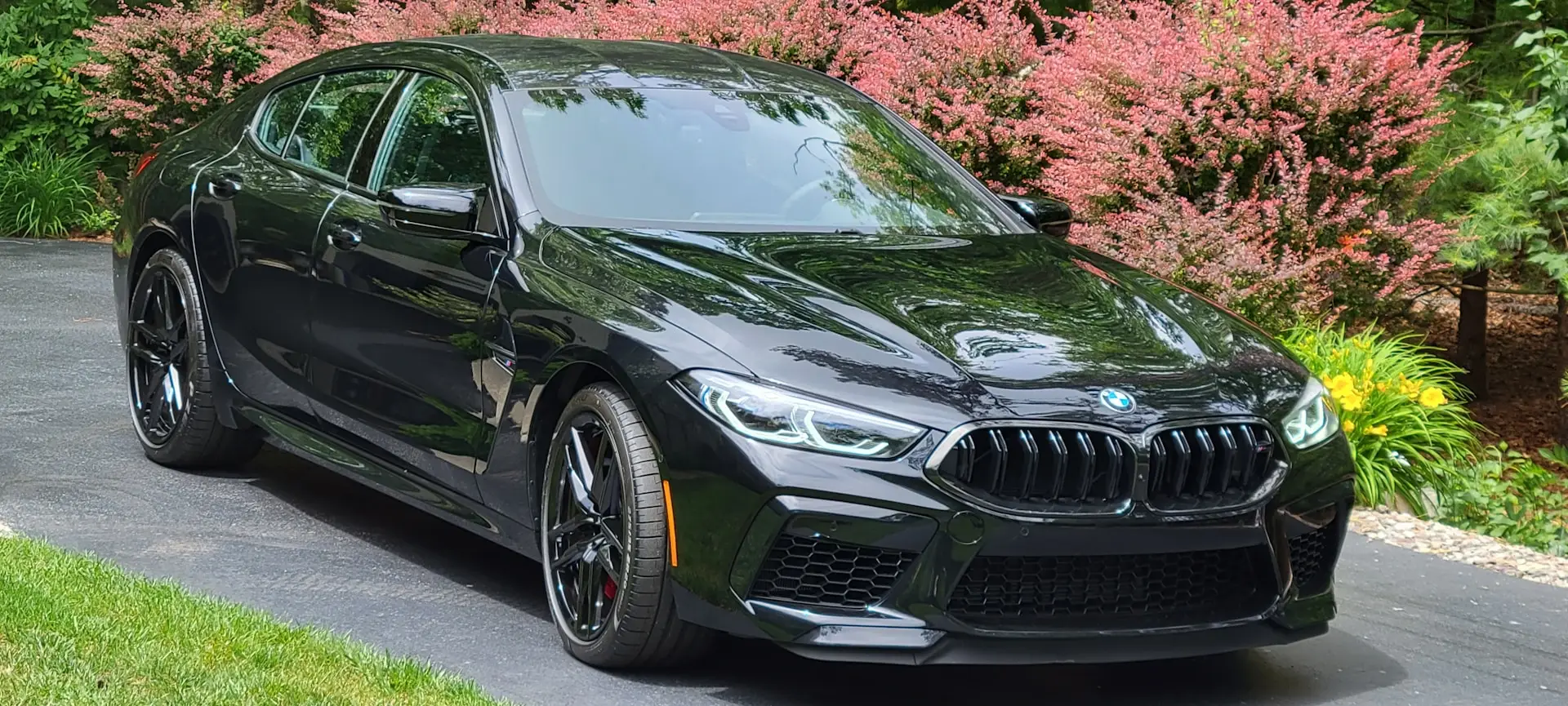
BMW M8 Competition: How does it differ from the standard version?
The BMW M8 Competition is an even more radical version of the standard M8. In addition to the increased power output of 625 hp, compared with 600 hp for the basic version, the M8 Competition boasts a number of technical and aesthetic details that reinforce its sporty character.
One of the key differentiators of the M8 Competition is suspension management. This version is equipped with an even more finely-tuned adaptive M suspension for greater precision in high-speed cornering and enhanced stability. What's more, the active M differential is tuned to improve traction in the most extreme situations, whether accelerating out of corners or on uneven surfaces.
Visually, the M8 Competition is distinguished by specific aesthetic elements, including high-gloss black accents on the grille, mirrors and rear diffuser. These visual touches reinforce the aggressive, exclusive look of the Competition version. The "M8 Competition" badges on the rear and side gills also add a touch of prestige.
The M8 Competition's exhaust system is another highlight. The standard M Sport exhaust system produces an even more intense and sporty sound, with deep tones that accentuate the car's racy character, especially in Sport+ mode. This system makes for a more immersive driving experience, especially when the driver wants to take advantage of the sound potential of this twin-turbo V8.
In terms of performance, while the difference in acceleration is minimal (3.2 seconds for the M8 Competition versus 3.3 seconds for the standard M8), the Competition stands out on the racetrack thanks to its sharper response, greater stability in corners and sharper handling.
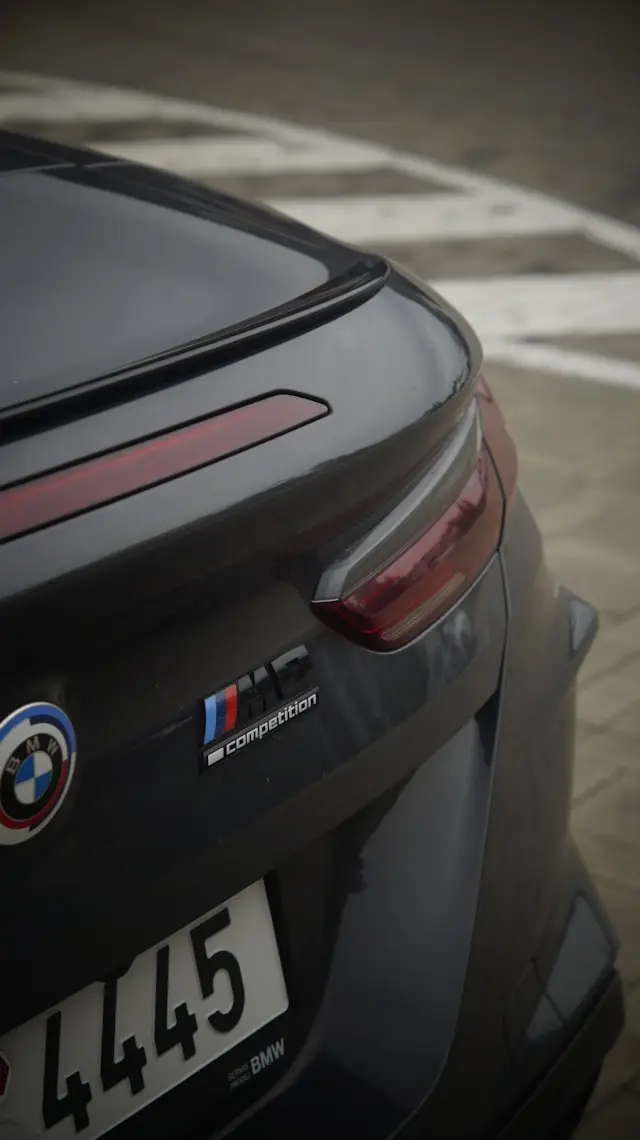
Comparison between the BMW M8 and the Mercedes AMG GT
In the luxury supercar segment, the BMW M8 and Mercedes-AMG GT are two direct competitors aimed at drivers seeking extreme performance and premium comfort. Although these two vehicles share certain similarities in terms of power and performance, they differ in several key respects.
1. Performance and powertrains:
- BMW M8: Equipped with a 4.4-liter twin-turbo V8, the M8 offers power from 600 to 625 hp (Competition version) with 750 Nm of torque. Thanks to xDrive all-wheel drive, the M8 offers excellent traction, enabling a 0 to 100 km/h time of 3.2 seconds.
- Mercedes-AMG GT: The GT is available with several engines, the most powerful being the AMG GT R equipped with a 4.0-liter twin-turbo V8 delivering 585 hp and 700 Nm of torque. The AMG GT relies more on rear-wheel drive, offering a purer but demanding driving experience.
In terms of raw performance, the BMW M8 takes a slight advantage thanks to its all-wheel drive, which provides better grip during acceleration, especially on wet surfaces.
2. Ride and handling :
The BMW M8 is designed to offer a balanced ride between comfort and sportiness. Its multiple driving modes make it easy to switch from a relaxed drive to a much more dynamic experience.
The Mercedes-AMG GT, on the other hand, is more oriented towards pure performance, with a firmer suspension setting and more direct steering. The fact that it is rear-wheel drive makes it a more responsive and demanding car in corners, especially on the racetrack.
3. Comfort and Technology:
The BMW M8 excels in comfort and technology, with a luxurious interior, high-end materials, and cutting-edge technologies such as head-up display, BMW iDrive 7.0, and full connectivity.
The Mercedes-AMG GT, while sporty, offers a cabin more focused on pure driving with a more minimalist, performance-oriented interior, without neglecting quality materials.
4. Price:
The BMW M8 retails for around €90,000, while the Mercedes-AMG GT starts at €80,000.
In short, the BMW M8 is more versatile with its superior comfort and technology, while the Mercedes-AMG GT is aimed more at those seeking a driving experience more focused on pure performance and raw sportiness.
The choice between the two will therefore depend on personal preference: the M8 for a perfect balance between luxury and performance, the AMG GT for a more radical and sporty approach.
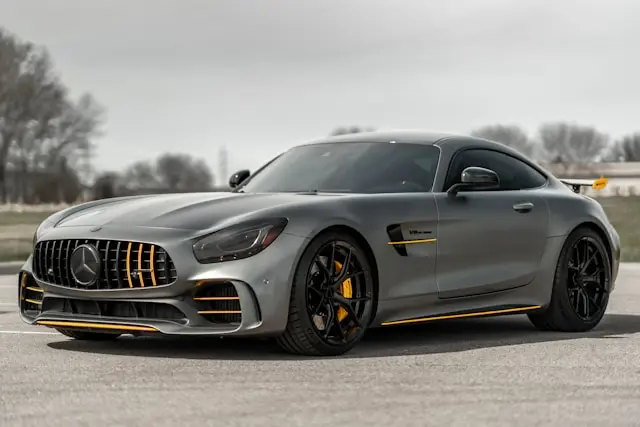
Pourquoi choisir la BMW M8 en 2025 ? Avantages et inconvénients
En résumé, la BMW M8 reste, en 2025, une voiture d’exception qui séduira les amateurs de performance et de luxe. Elle combine puissance, technologie et design sophistiqué, ce qui en fait une option très attractive dans le segment des supercars.
However, the high acquisition cost, high fuel consumption and lack of a hybrid or electric option could make some hesitate, especially in a context where environmental standards are becoming increasingly stringent.
For those seeking the ultimate driving experience and a car that combines elegance and performance, the BMW M8 remains a solid choice.
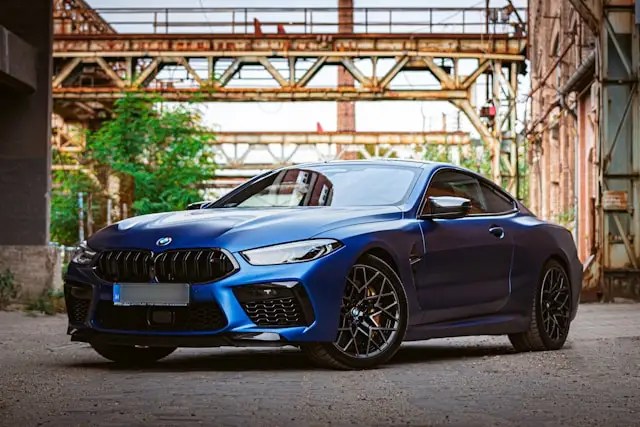
BMW M8 FAQs
What customization options are available for the BMW M8?
The M8 offers a wide range of personalization options, including special exterior finishes, alloy wheels ranging from 19 to 20 inches, and Merino leather interior finishes with contrast stitching. You can also add carbon fiber elements, opt for the M Carbon Exterior Package, or choose between different customizable driving modes via the M Drive system.
Is the BMW M8 suitable for everyday use?
Although the M8 is a high-performance car, it's still usable on a daily basis thanks to its comfort and advanced technology. Comfort mode softens the suspension and steering for smoother city driving. However, its extreme performance and high fuel consumption may make it less practical for everyday use than other, more economical models.
What is the average fuel consumption of the BMW M8?
The M8's average fuel consumption is around 11.5 to 12.5 litres/100 km, depending on driving style. This figure may vary according to the driving mode selected (Eco, Comfort, Sport, Sport Plus) and the version chosen (Standard or Competition). The performance of the twin-turbo V8 engine naturally influences this relatively high fuel consumption.
Is the BMW M8 available with a manual gearbox?
No, it's only available with an 8-speed M Steptronic automatic transmission with paddle shifters. This transmission is designed to deliver extremely rapid gear changes, while optimizing the car's efficiency and performance. It also features a manual mode for those who prefer a more engaging driving experience.
What is the boot capacity of the BMW M8?
The BMW M8's boot capacity varies according to version. The Coupé offers a trunk capacity of around 420 liters, while the Gran Coupé is a little more spacious at 440 liters. The Cabriolet has a capacity of just under 350 liters, due to the retractable roof mechanism.
Is there a hybrid version of the BMW M8?
No, the BMW M8 is not currently available as a hybrid. It is powered solely by the twin-turbo V8 petrol engine. BMW is concentrating on pure performance for this model, without adding a hybrid powertrain for the time being, unlike some other BMW series that offer plug-in hybrid versions.
How long is the warranty on the BMW M8?
The M8 benefits from a standard 2-year unlimited mileage warranty in France, with the possibility of extensions that can extend the warranty to 5 years or 200,000 km. This coverage includes mechanical and electrical repairs, giving owners peace of mind.

